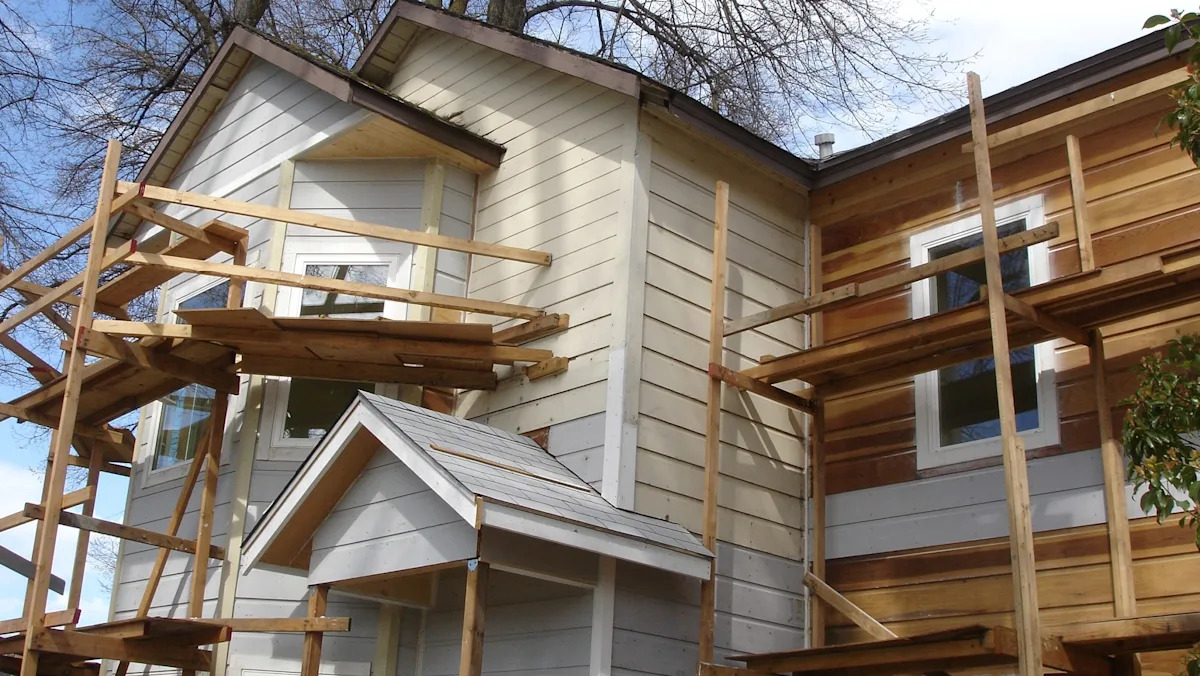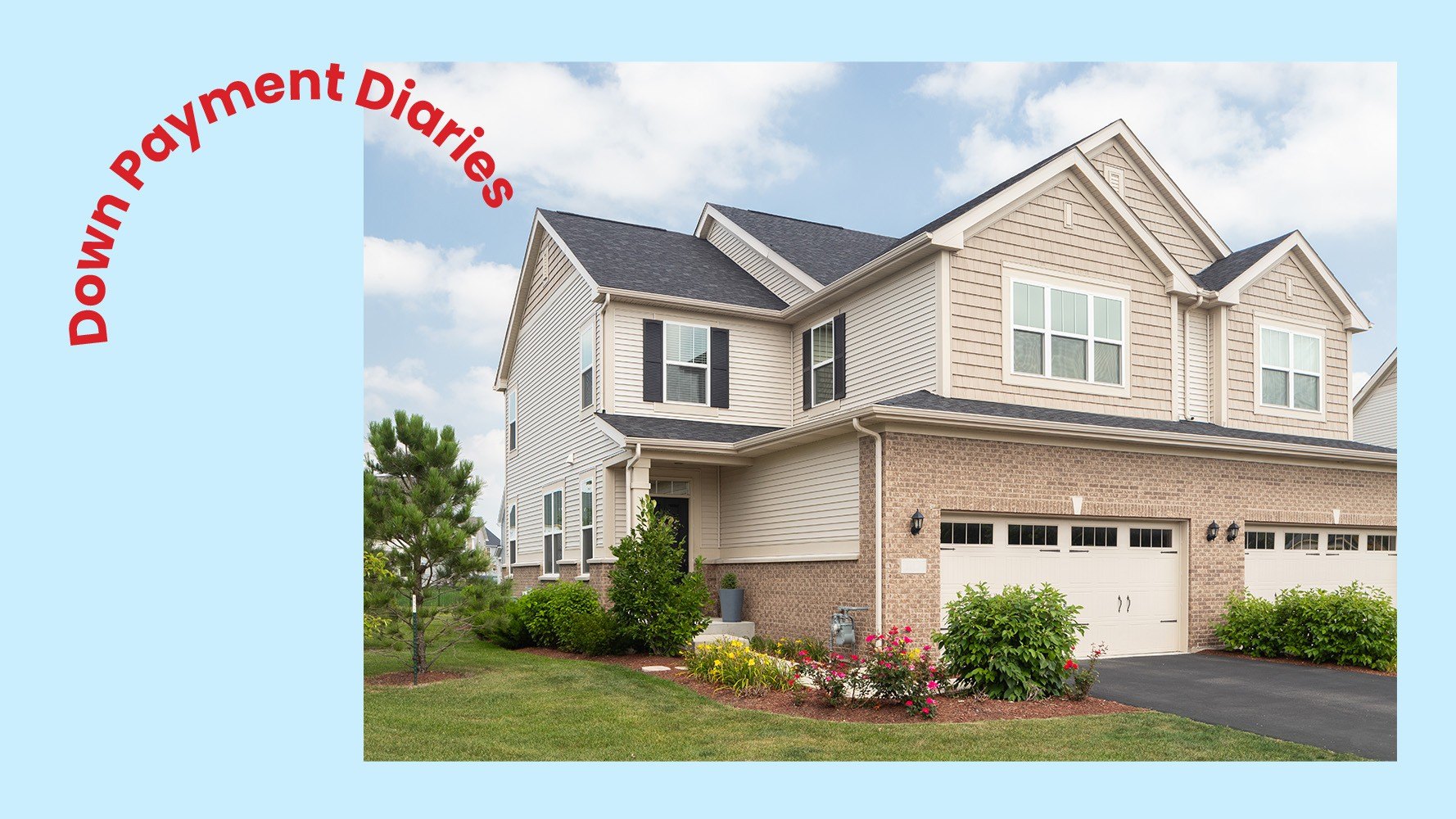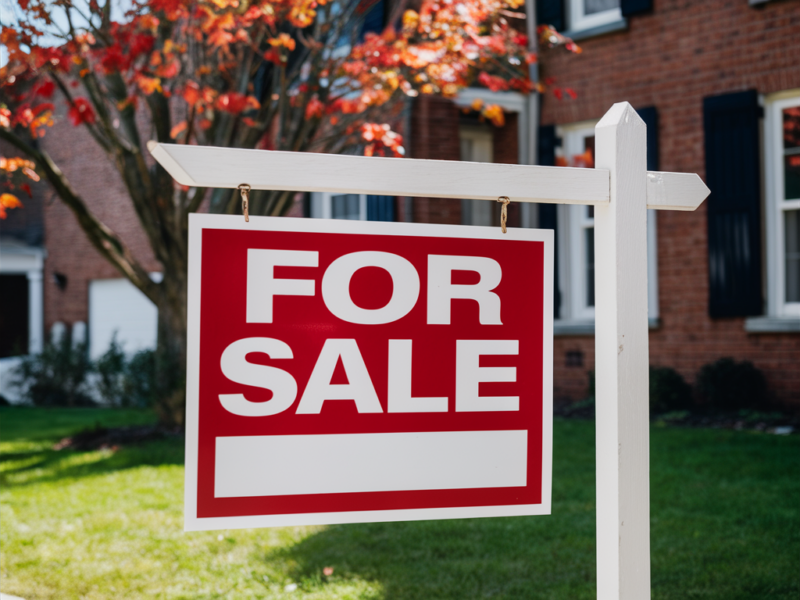M
iami’s real‑estate headlines have turned into a headline‑storm: UBS has named the city the most bubble‑prone market worldwide, yet industry insiders argue the warning is overstated.
**UBS’s Global Bubble Index**
UBS’s annual study scans 25 major cities, flagging those where prices outpace fundamentals. Miami tops the list with a bubble‑risk score of 1.73, surpassing Tokyo and Zurich. The index weighs:
- **Price‑to‑Income**: How home prices stack against local earnings.
- **Price‑to‑Rent**: The cost of buying versus renting a comparable unit.
- **Mortgage‑to‑GDP**: Housing debt growth relative to the economy.
- **Construction‑to‑GDP**: New building activity versus economic output.
- **City‑to‑County Price Gap**: Core‑city versus surrounding area prices.
The report notes Miami’s inflation‑adjusted price rise over the last 15 years is the steepest among the cities studied, and its price‑to‑rent ratio has climbed past the 2006 peak, a red flag for UBS.
**Critics Question the Numbers**
Eli Beracha, FIU’s residential real‑estate chief, says the index’s reliance on local income data skews the picture. “Much of Miami’s wealth comes from outside the city—people bring money earned elsewhere, so the local income figure underestimates buying power,” he explains.
Ana Bozovic, a Miami broker and founder of Analytics Miami, calls the report sensationalist, arguing it focuses on price growth while ignoring deeper market fundamentals.
**What UBS May Be Missing**
1. **Cash‑buyer dominance** – In H1 2025, Miami led the nation with 43 % of all sales in cash, rising to over 53 % for homes above $1 M. Cash buyers are less affected by rate hikes and economic swings, reducing leverage‑driven risk.
2. **Sustained demand** – The city’s coastal allure, favorable tax climate, and steady Latin‑American inflow keep demand robust.
3. **Low distressed inventory** – Few forced sales keep prices stable, and inventory remains below pre‑pandemic levels.
4. **Market cooling, not collapse** – Jake Krimmel of Realtor.com notes a “slow deflation”: longer days on market (89 days in September vs. 73 days a year earlier), a 16.3 % rise in active listings, and more sellers pulling listings, indicating patience rather than panic.
**Internal Contradictions**
UBS labels Miami a high‑risk market for a large price correction yet states a sharp correction is unlikely. This inconsistency raises questions about the true nature of the risk.
**Bottom Line**
While UBS’s headline grabs attention, the market’s resilience—driven by cash buyers, international wealth, and strong demand—suggests a maturing market rather than an imminent bubble burst. Caution is wise, but the narrative of a looming Miami housing crash overlooks key strengths.
**Invest in Cash‑Flowing Rentals**
Instead of chasing market timing, consider stable, cash‑flowing rental properties in solid U.S. markets. Work with Norada Real Estate to find reliable opportunities beyond bubble zones.
Build wealth where renters stay long‑term.
Call a Norada investment counselor today (no obligation): (800) 611‑3060.













